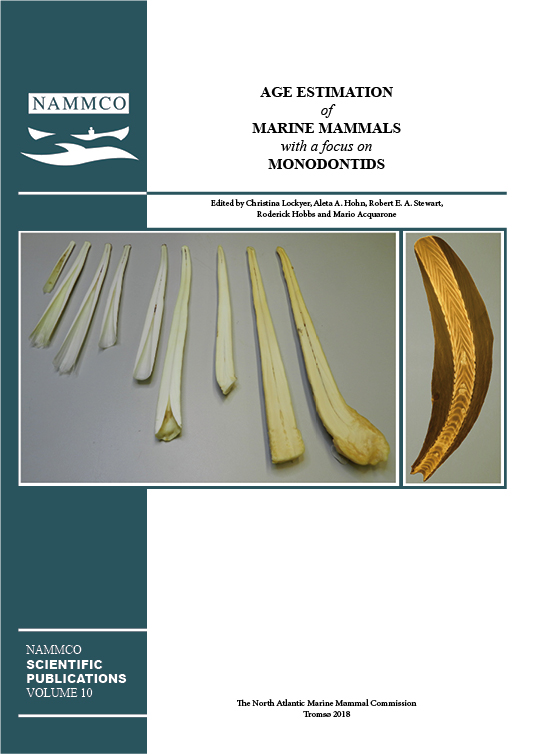Accuracy of the Aspartic Acid Racemization Technique in Age Estimation of Mammals and the Influence of Body Temperature
DOI:
https://doi.org/10.7557/3.4400Keywords:
age estimation, aspartic acid racemization, pygmy goatAbstract
The aspartic acid racemization (AAR) technique has been applied for age estimation of humans and other mammals for more than four decades. In this study, eye lenses from 124 animals representing 25 mammalian species were collected and D/L ratios obtained using the AAR technique. The animals were either of known age or had the age estimated by other methods. The purpose of the study was to: a) estimate the accuracy of the AAR technique, and b) examine the effect of body temperature on racemization rates. Samples from four of the 25 species covered the range of ages that is needed to estimate species-specific racemization rates. The sample size from a single species of known age, the pygmy goat (Capra hircus, n = 35), was also large enough to investigate the accuracy of ages obtained using the AAR technique. The 35 goats were divided into three datasets: all goats (n = 35), goats >0.5 yrs old (n = 26) and goats >2 yrs old (n = 19). Leave-one-out analyses were performed on the three sets of data. Normalized root mean squared errors for the group of goats >0.5 yrs old were found to be the smallest. The higher variation in D/L measurements found for young goats <0.5 yrs can probably be explained by a period of continued postnatal growth of the eye lens. Normalized root mean squared errors from the leave-one-out cross-validation analyses based on goats >0.5 yrs old was for three age groups of the goats: 0.934 yrs for young goats <2 yrs (n = 16), 0.102 yrs for adult goats from 2–8 yrs (n = 15) and 0.133 yrs for old goats >8 yrs (n = 4). Thus, the age of an adult or an old animal can be predicted with approximately 10% accuracy, whereas the age of a young animal is difficult to predict. A goat specific racemization rate, as a 2kAsp value, was estimated to 0.0107 ± 3.8 x 10-4 SE (n = 26). The 2kAsp values from 12 species, four estimated in this study and another eight published, were used to examine the effect of core body temperature on the rate of racemization. A positive relationship between AAR and temperature was found (r2 = 0.321) but results also suggest that other factors besides temperature are involved in the racemization process in living animals. Based on our results we emphasize that non-species-specific racemization rates should be used with care in AAR age estimation studies and that the period of postnatal growth of the eye lens be considered when estimating species-specific D/L0 values and ages of young individuals.





